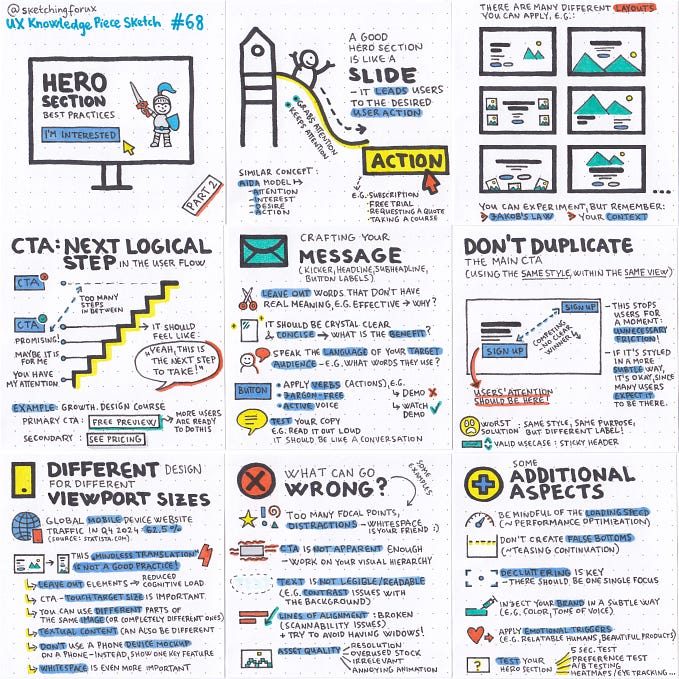Member-only story
Designing Better Choices for Your Users
The power of a nudge in design

Which plate from the picture above will nudge you to eat less? Serving on a 20 cm or 30 cm plate? If we will think it rationally, then a 20 cm plate is best for eating less because you can’t fit too much food on it. But given a real-life context in a cafeteria, during a lunch at work, and the food is free, people don’t give it too much of a thought about the plate size. So if there are 30 cm plates, they will put on it as much as it fits. And also grab the first thing they see.
Some simple products we use on a daily basis can influence our behaviour on a subconscious level more than we think. Why? Because people don’t always have the time to consider every action through. Recent academic studies in cognitive psychology, social psychology and behavioural economics suggest that over 90% of our decision-making is conducted somewhat unconsciously and automatically on a daily basis.
So there are small tricks that we can apply to our mind so it does certain things but in a better way. These little tricks are called — nudges.
A nudge is any factor that significantly alters the behavior of humans. To count as a nudge, the intervention must be easy and cheap to avoid. Putting the fruit at eye level while it encourages for it to be picked up or bought counts as nudge. Banning junk food does not — Richard Thaler, Nudge

As the book Nudge by Richard Thaler states, anyone who creates the environment in which decisions are made is known as a ‘Choice Architect’. And it’s a part of almost all types…








